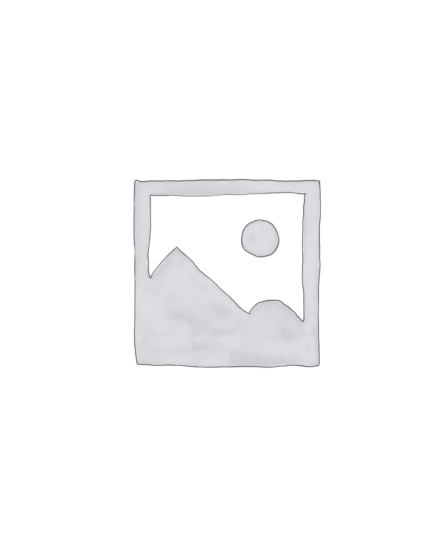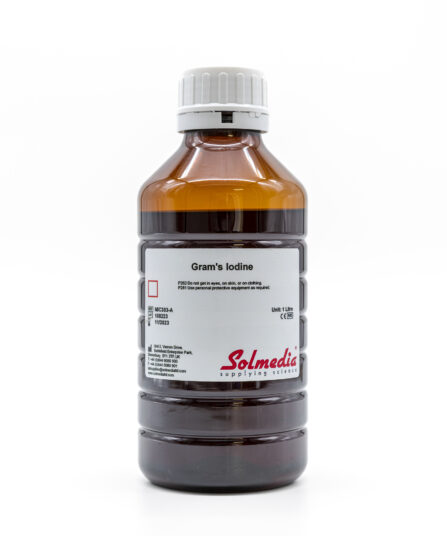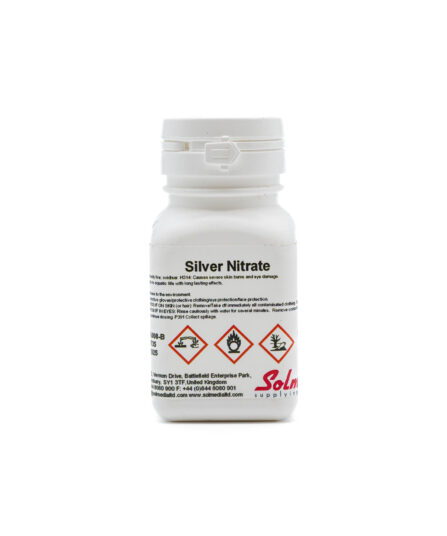HISTOLOGY
The word ‘Histos’ is Greek for web or tissue and ‘logia’ is Greek for branch of learning, therefore ‘Histology’ means the study of the microscopic structure of tissues.
More...
Tissue was first used to describe the different textures of body parts being dissected by an anatomist. Histology first came into use in the 1700s, but it is thought it began in Italy in the 1600s when scientist Marcello Malpighi experimented with insects, botany, and embryology.
There are four basic tissue types including Epithelium, Connective Tissue, Nervous Tissue, and Muscle. Each type contains subtypes that may look different but share similar characteristics. Epithelium tissue is the thin tissue forming the outer layer of a body’s surface including skin and internal hollow structures
Body tissues grow by increasing the number of cells that make them up. Cells in many tissues in the body divide and grow very quickly until we become adults
Our bodies are made up of about a hundred million million (100,000,000,000,000) tiny cells. You can only see them under a microscope
Cells group themselves together to make up the tissues and organs of our bodies. They are a bit like building blocks. The diagram below shows what cells look like when they are grouped together
show less
Stains Reagents And Dyes



